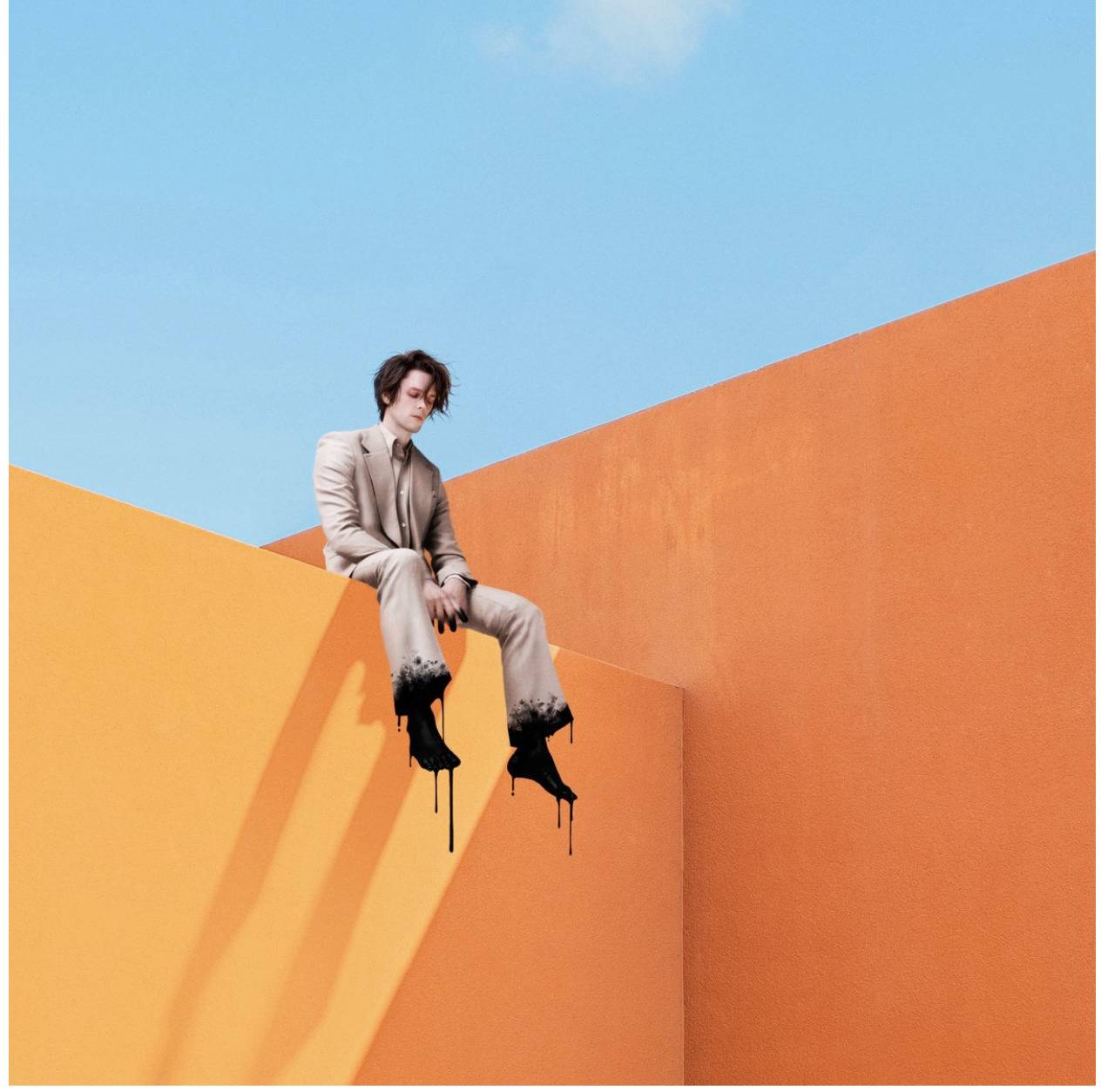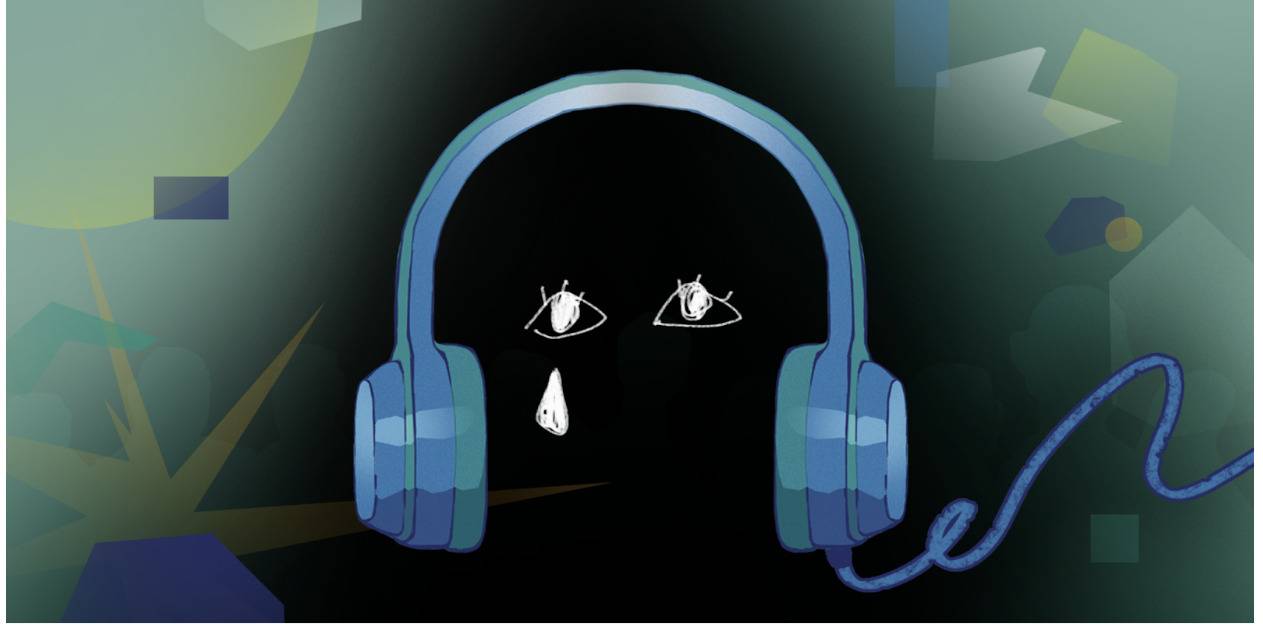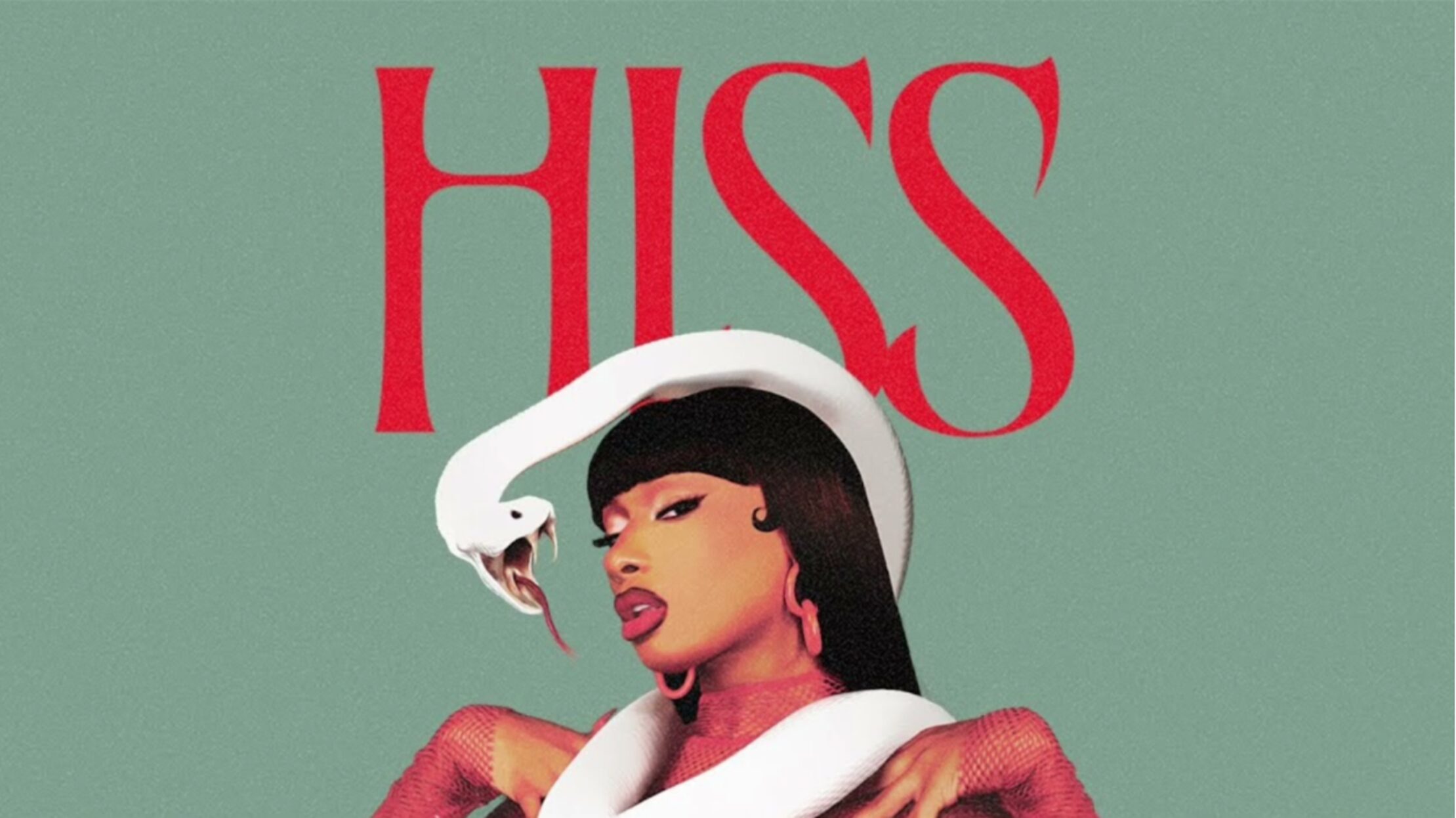Taylor Swift has gone wider rather than deeper in her most recent period of image transformation. Kick-started by the uncharacteristically political 2019 single, “You Need To Calm Down,” this “new Taylor” feels like a make-up period for Swift to sporadically express an array of pointed political sentiments. First it was feminism, then queer allyship, and now with the music video for “Lover,” the album’s title track and third single, Swift subtly turns her sights to the topic of race.
The music video for “Lover,” released one day before the album’s release, portrays a sweet love story with far-reaching themes, a specialty of Swift’s. But more uncharacteristic of her signature style is the video’s depiction of interracial love. In the video, the subject of Swift’s desires and affections is a black man, who acts out the highs and lows of romance with Swift as they float, laugh, cry, kiss, and argue inside a large-scale dollhouse.
The male lead in the video, Christian Owens, has previously worked with Swift, once was a back-up dancer during her Reputation tour, in which he also played a love interest of hers. And despite Swift’s reputation for adopting relevant political stances at the last minute, “Lover” feels genuine. Her acting in the video conveys a soft adoration for the male lead, who is not only the subject of her affections, but her partner in life. This musical and visual expression of love is on-brand for Taylor Swift, but this time the feelings are not full of fantasy, but a relatable vulnerability. “Lover” is about genuinely sharing a life with the person you love, exemplified in the video’s final scene, where Swift and Owens watch their daughter open gifts on Christmas morning. Whether or not this is a dream for the future or a reality, it is meaningful that she attempts to represent interracial love with the seriousness and depth that it deserves. But despite all of this, there’s a color-blind feel to this love story and the depth of Swift’s racial awareness, inside and outside this video, remains unclear.
Taylor Swift’s unexpected change of image, as evidenced by “Lover,” had caught my attention in a personal way. As the daughter of a black man and a white woman, there is something about “Lover” that speaks to my identity, family, ideas about love, and experience. But for this message to come from Taylor Swift, of all artists, makes my initial feeling of camaraderie more complex.
My soft spot for catchy, cheesy pop music has led me to a decades long, tumultuous relationship with Swift, whose music and persona has always been accessible and inaccessible to me at the same time. I first encountered Taylor Swift in middle school, back when she was a little more country and a newcomer to the music scene. Her look and sound were wholesome, blonde, traditionally feminine, country, and cute. These things may have changed a little over the years, but I still find them grounded in the traditional displays of white, feminine romance that made Swift a star.
Her music videos have always furthered this aspect of her brand, depicting her performance of pining for, falling in love with, and sometimes being rejected by an equally attractive white man, a pattern only now broken by “Lover.” It’s easy to get caught up in the light-heartedness of these songs and the fantasy they create — I certainly have. But she has made a career of linking love with whiteness, and that’s impossible to ignore.
“Lover” does take a step away from Swift’s formerly white-washed career, specifically in the video’s acknowledgement that black people too are allowed to be the subjects and purveyors of love, an idea of which Swift had never entertained before. However, the feeling of suspicion surrounding its intentionality and execution resonates with Swift’s history of political silence and the values she has traditionally embodied. She should have room to grow, and I want to give it to her. But it’s hard to tell if she actually wants to better herself and her image, or if it’s just the latest P.R. placation. And for now, I’m undecided.






















